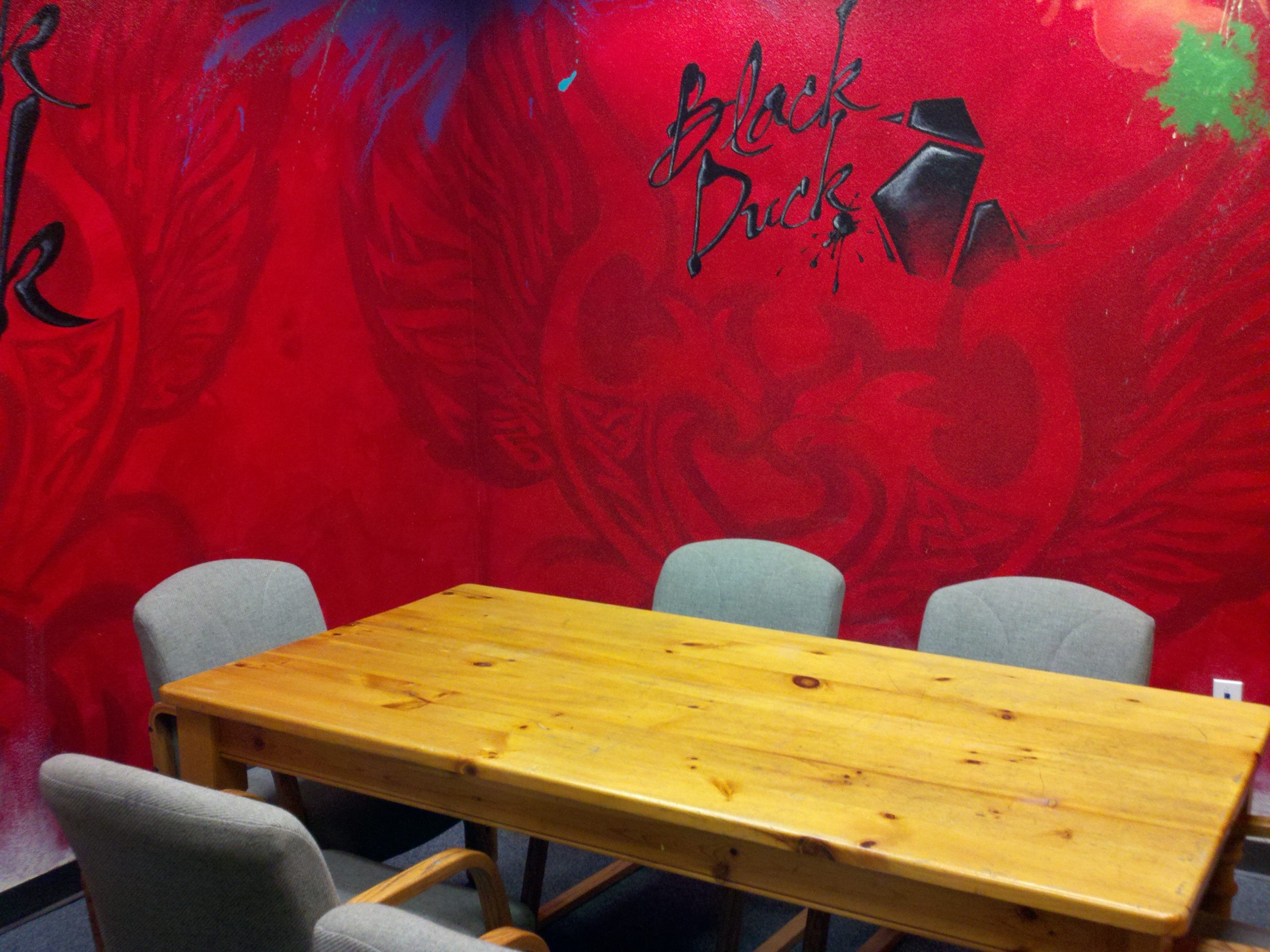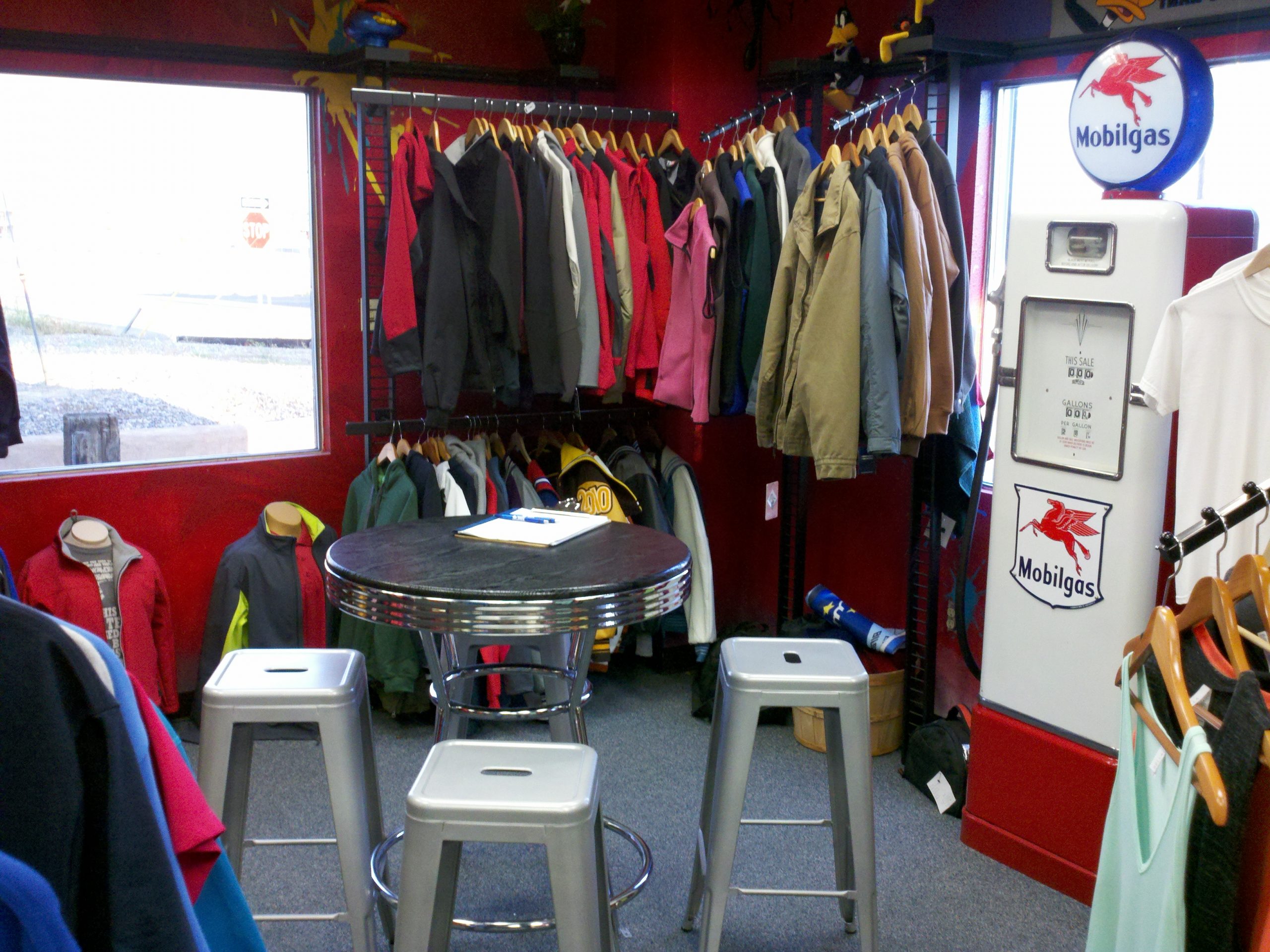How to Create Perceived Value: Context and Experience
In the last part of the How to Create Perceived Value series, Erich Campbell talks about creating a space and experience that your customers will love

In case you missed it, this tip is part of a four-part series on creating perceived value. Don’t miss Part 1 on packaging and finishing, Part 2 on design and digitizing, and Part 3 on novelty.
Think about the presentation of your product, but go beyond just the packaging.
Crush it with context & experience
Think of where and how you show your work. Team up to sell a pre-decorated product in a high-end boutique, or alongside expensive equipment or services. Seek out the sort of markets you’d expect from the souvenir example in Part 1 and be mindful of where your potential customer will find your product. This concept doesn’t have to end with decorated clothing lines. Court high-visibility clients and share samples of the work you did for them in your marketing materials. Associating yourself with players in a specific niche can garner the attention of other companies in the same niche. If you did the work for a popular high-end local spa, other spas looking for similar work would be more likely to seek you out as someone who knows their market if your marketing materials are in order.
 Moreover, there are even context cues you can create inside your shop. Think about your customer-facing spaces. Where do you meet your customer, and what experience do they have when placing or picking up an order? Is there a tidy showroom area with seating, or must the customer walk through a cluttered production space and end up in a messy office to speak to your staff? Do you have decent lighting, seating, and a place to host your customer? Do you present pitches with dog-eared catalog books, or do you present purpose-made mockups of pre-selected garments? Do you offer high-end apparel even if your customer is more likely to go with the middle range staples? All of these context cues can help a customer build a good perception of your company and your work. Seeing your work positioned with high-end peers creates social proof. Seeing your work on high-end garments lends an air of exclusivity and quality. Having a space that’s clean, clear, and well thought-out for customer interaction gives an air of professionalism. You don’t have to have a huge area, but there is something to be said for maintaining the appearance of your space and keeping good company.
Moreover, there are even context cues you can create inside your shop. Think about your customer-facing spaces. Where do you meet your customer, and what experience do they have when placing or picking up an order? Is there a tidy showroom area with seating, or must the customer walk through a cluttered production space and end up in a messy office to speak to your staff? Do you have decent lighting, seating, and a place to host your customer? Do you present pitches with dog-eared catalog books, or do you present purpose-made mockups of pre-selected garments? Do you offer high-end apparel even if your customer is more likely to go with the middle range staples? All of these context cues can help a customer build a good perception of your company and your work. Seeing your work positioned with high-end peers creates social proof. Seeing your work on high-end garments lends an air of exclusivity and quality. Having a space that’s clean, clear, and well thought-out for customer interaction gives an air of professionalism. You don’t have to have a huge area, but there is something to be said for maintaining the appearance of your space and keeping good company.

No matter how you decide to tackle increasing the perception of your products, all you need to do is remember the critical concept: If you can create the feeling in your customer that your work is valuable, you can charge prices that push beyond simple calculation. Value is a feeling, and though we can address it through the measurable value of a higher-end product or a larger, higher color decoration area, we don’t have to rely on working exponentially more to make it so. Small additions and refinements can give our work the sense of being more worthwhile to a customer, though, in the end, our competitors serve the same needs. Make customers feel the value, and you won’t have to defend the price.